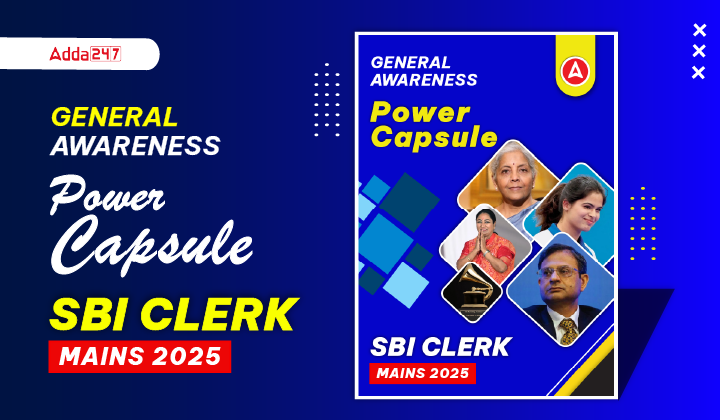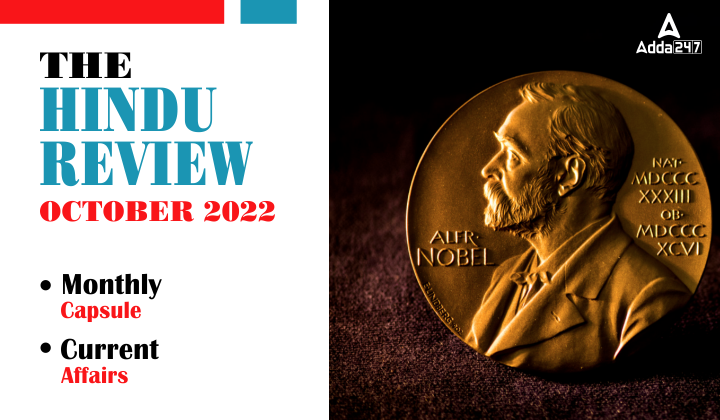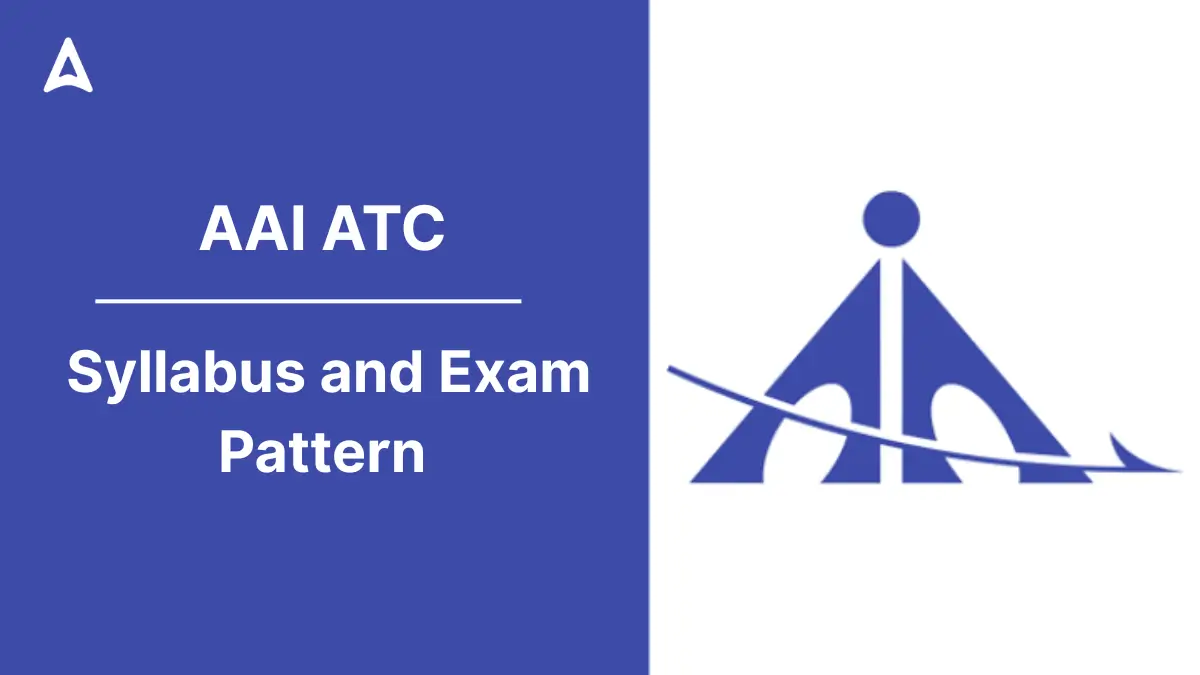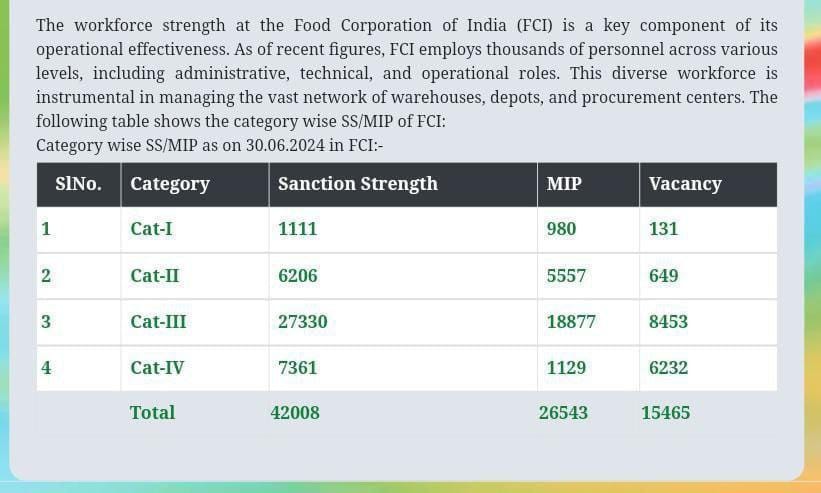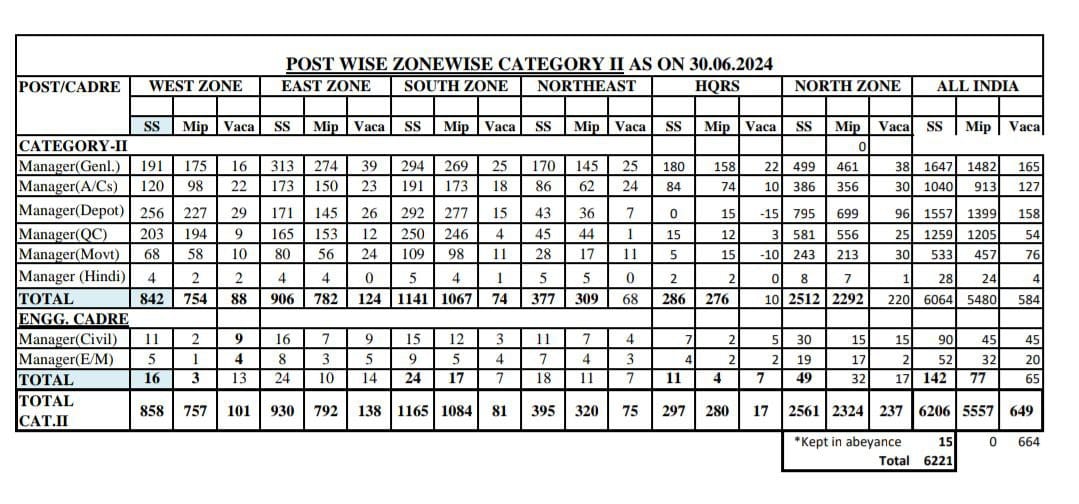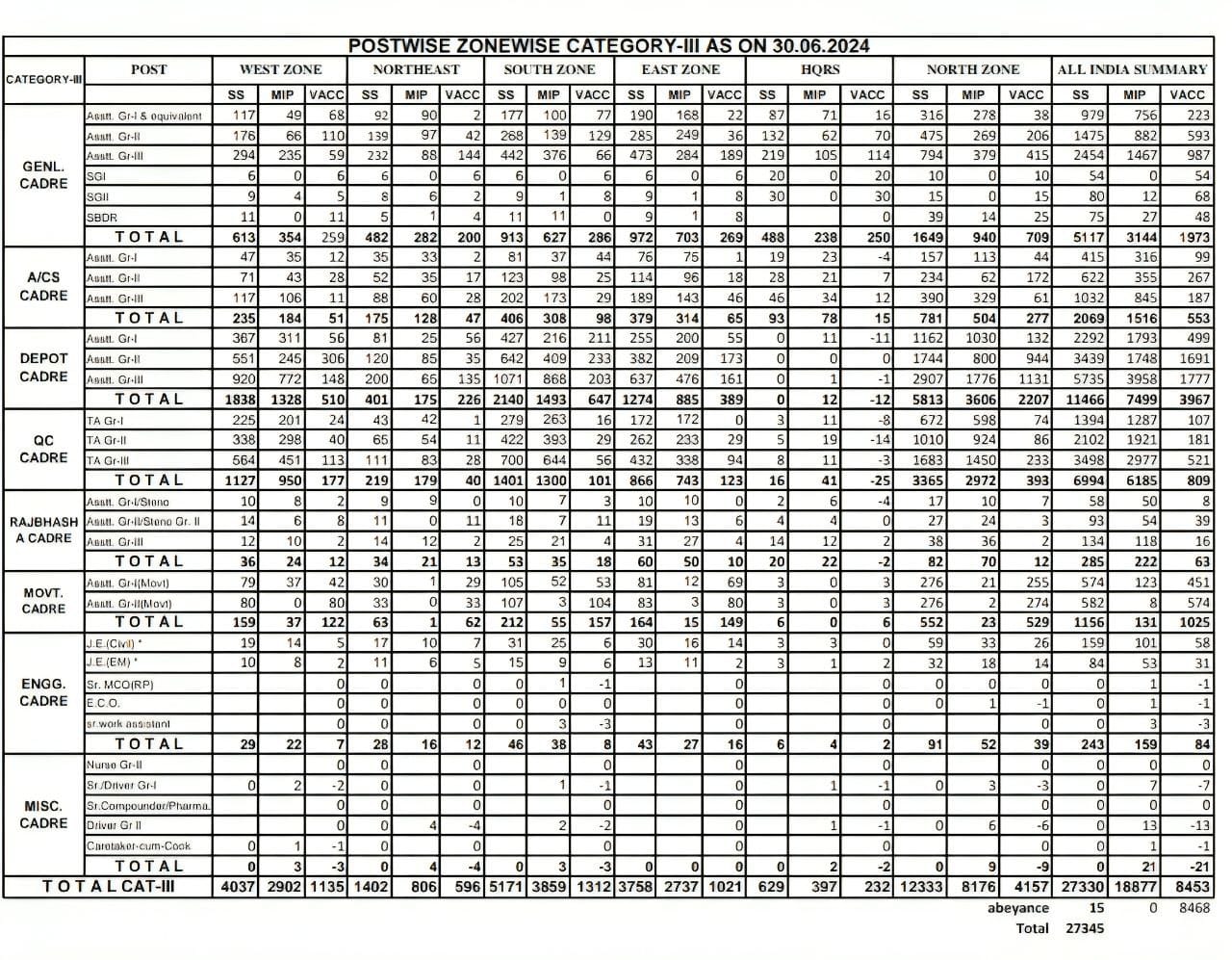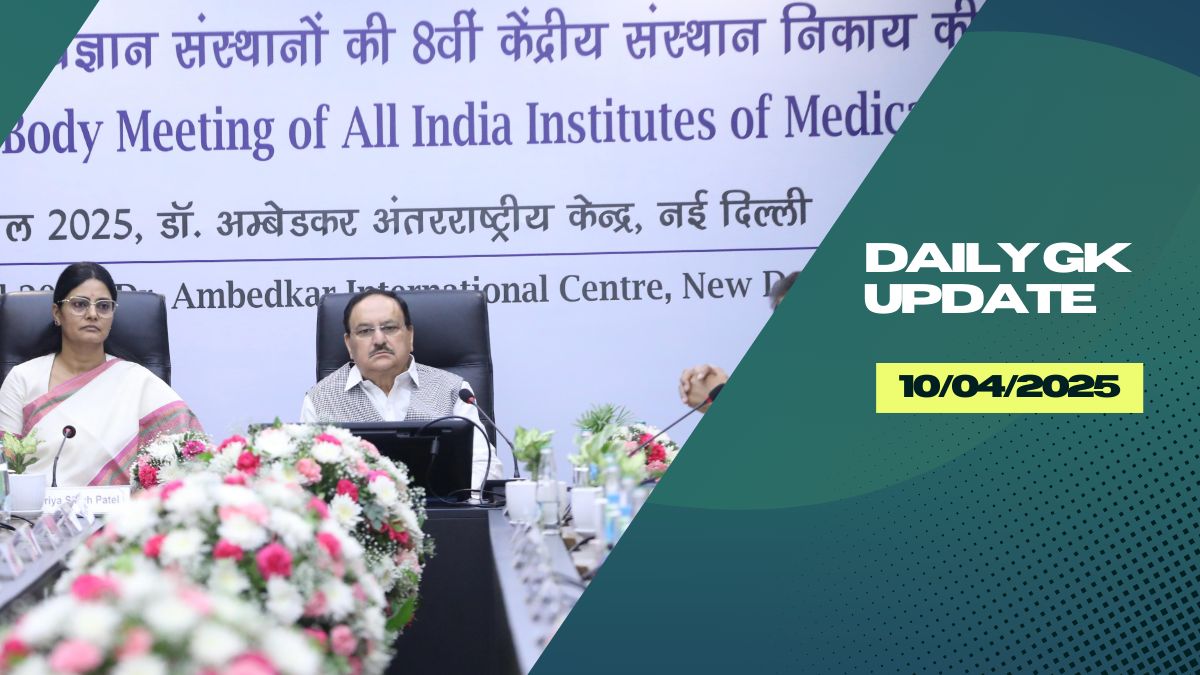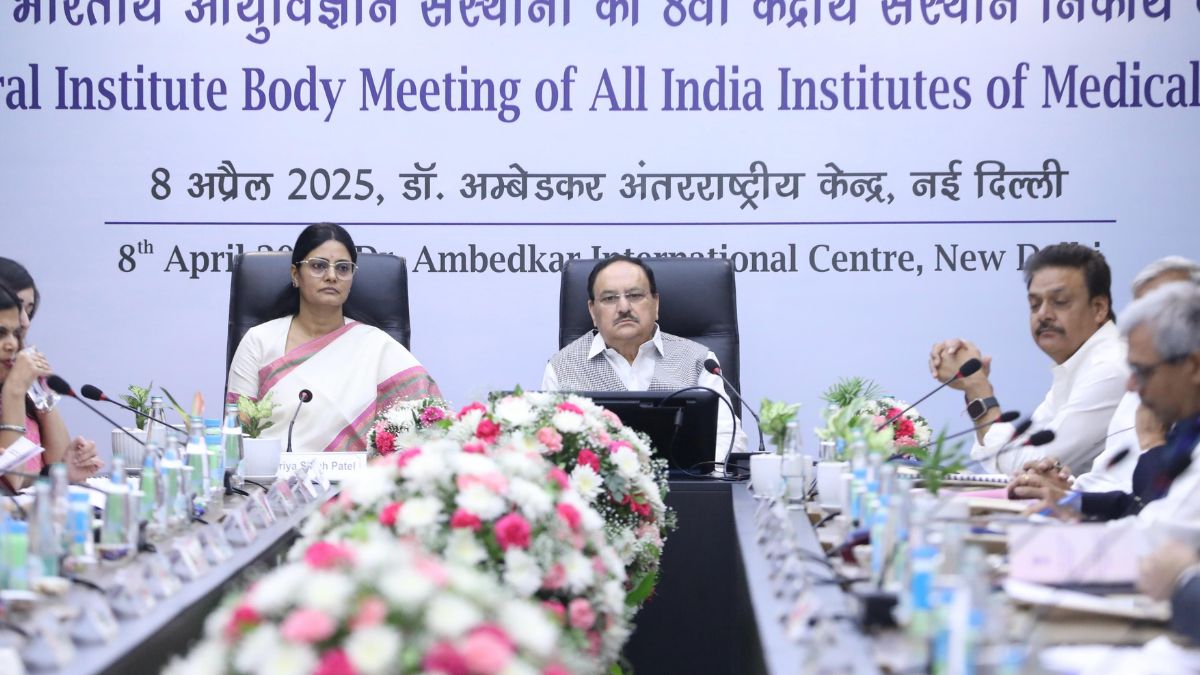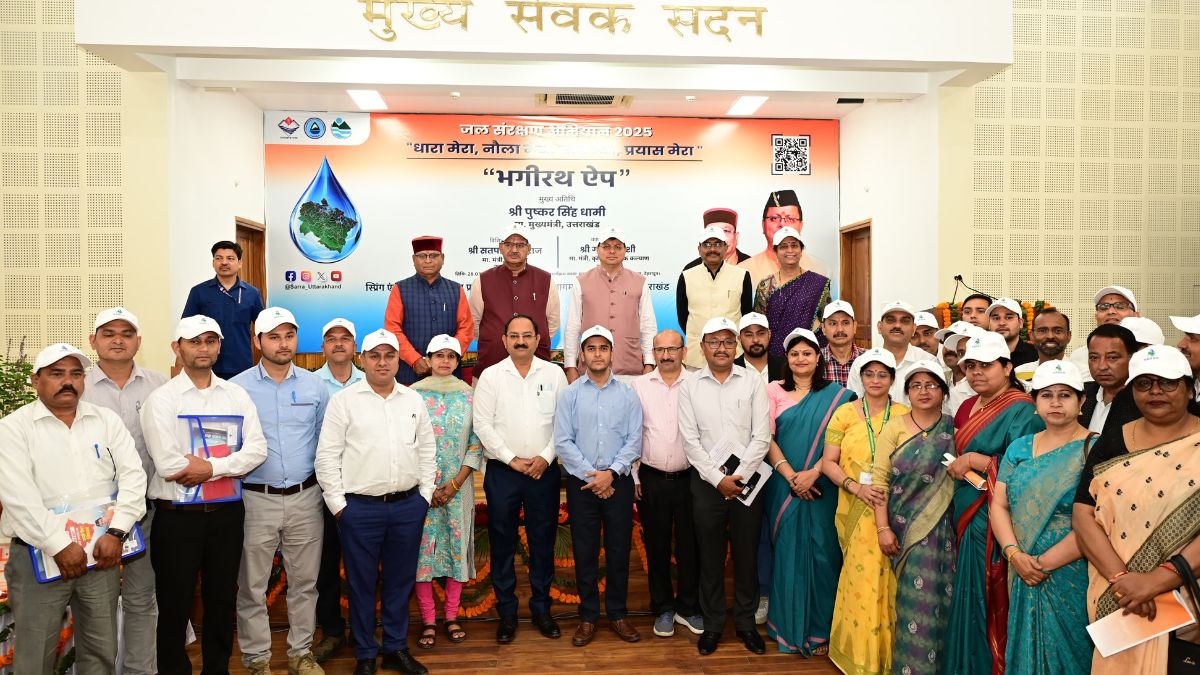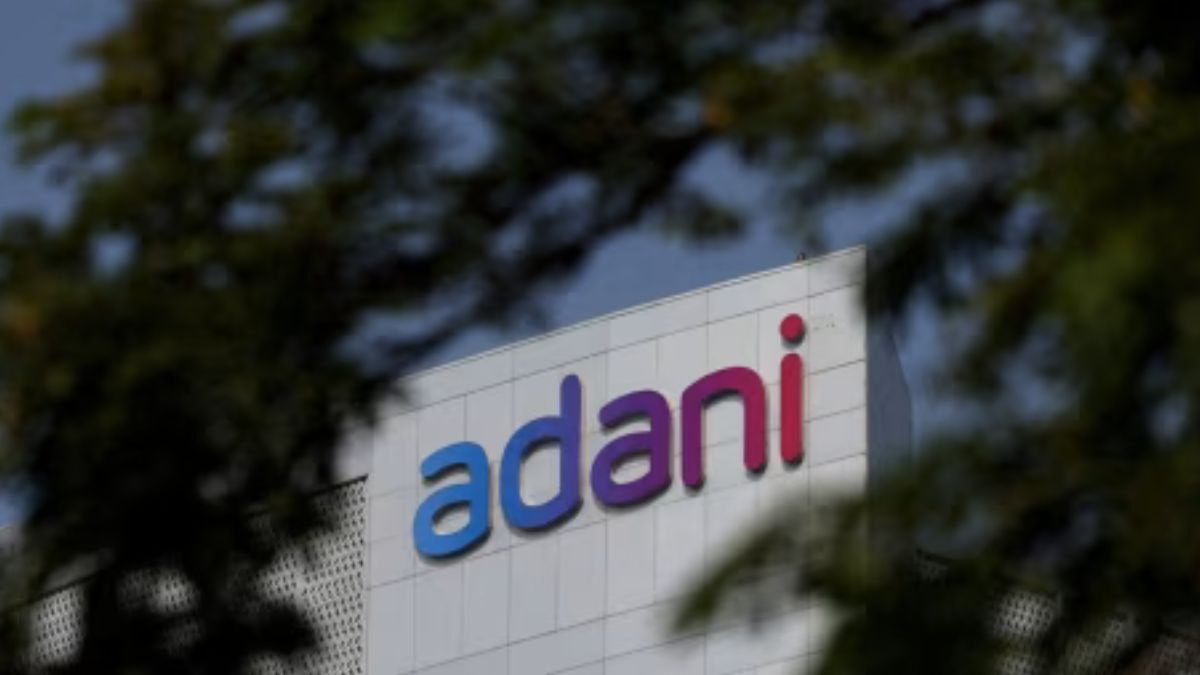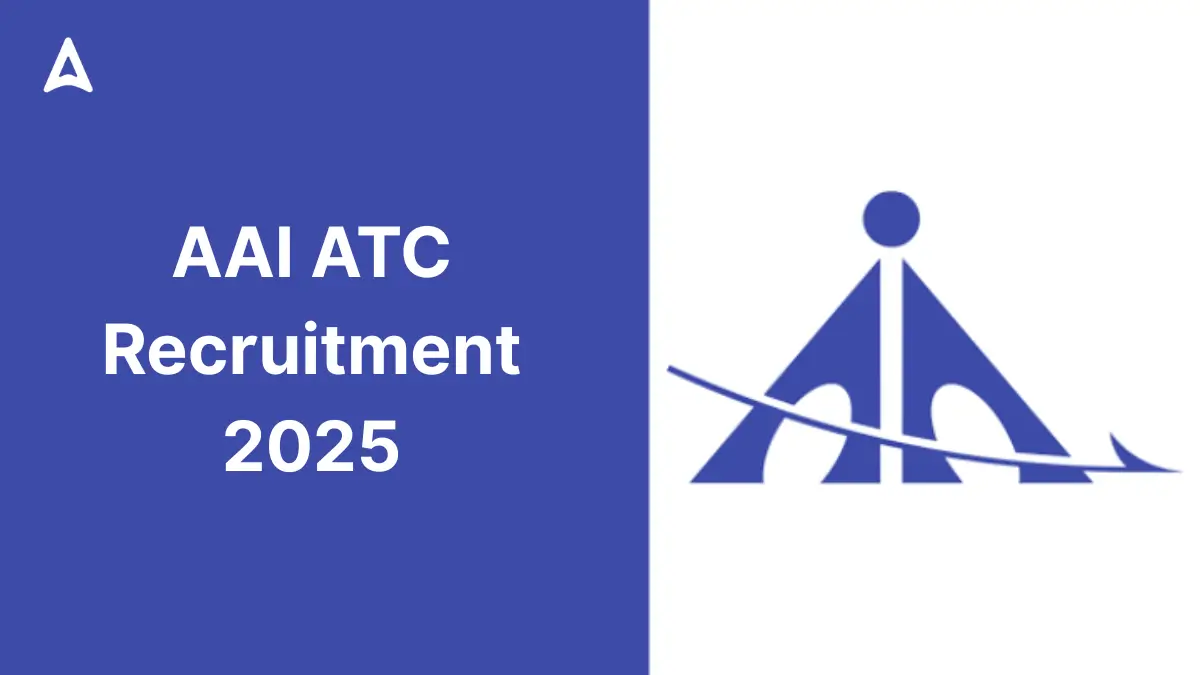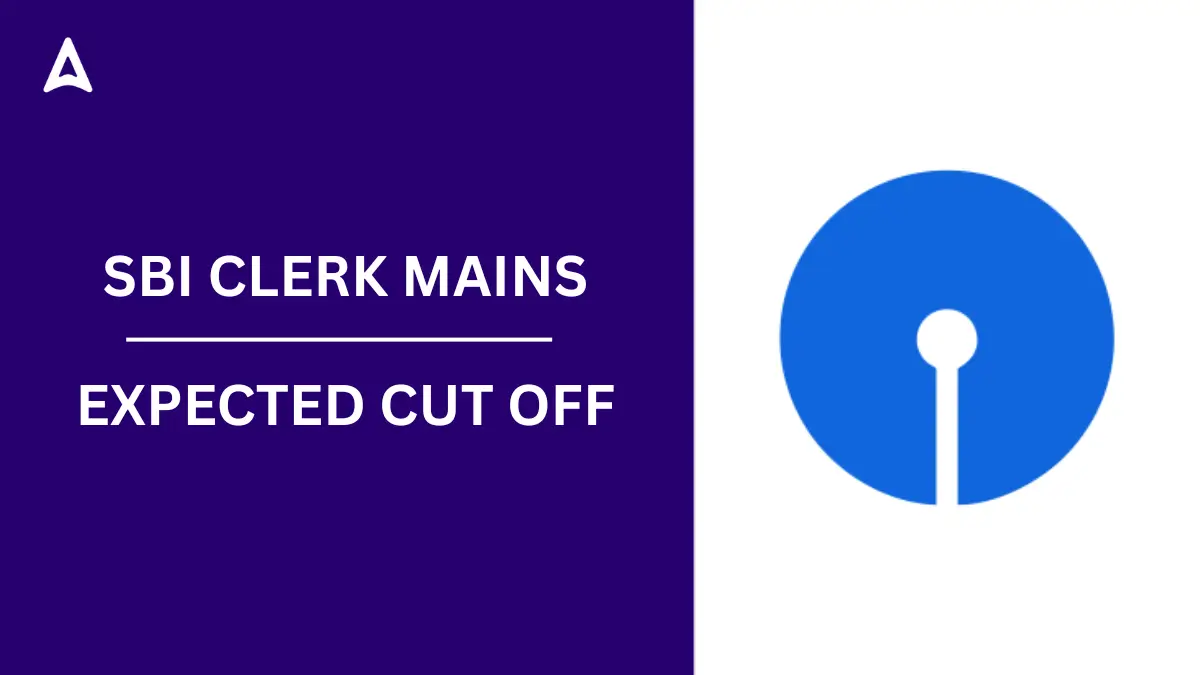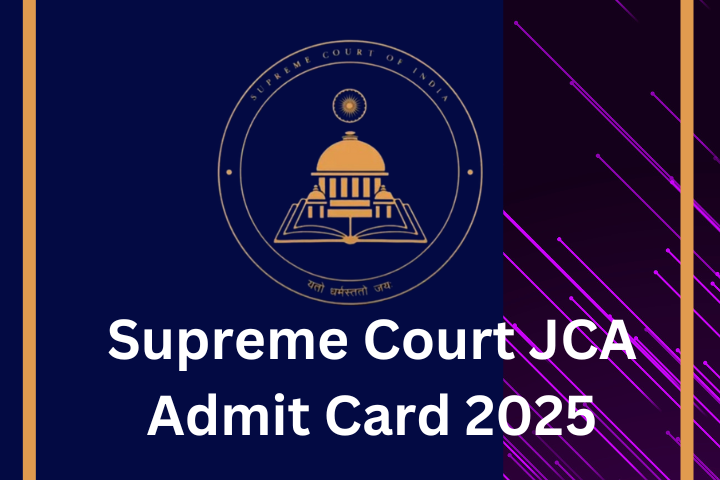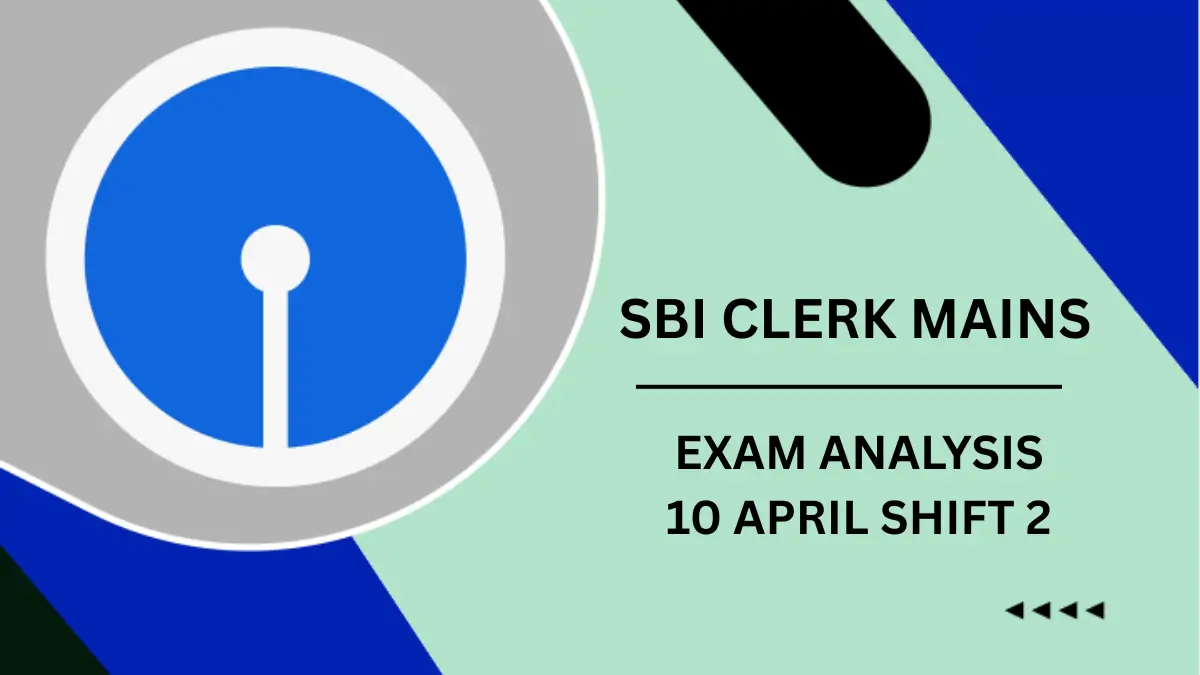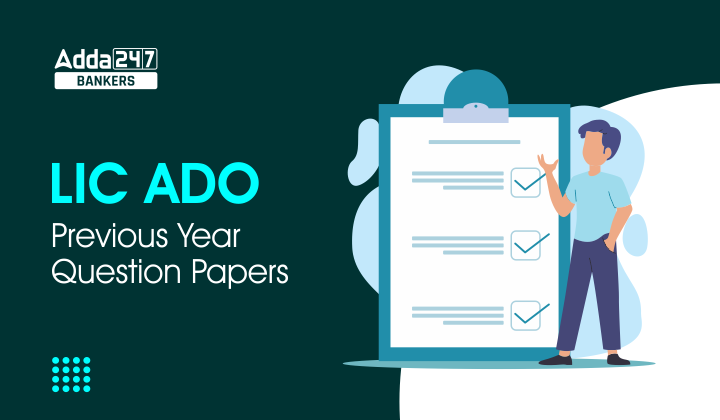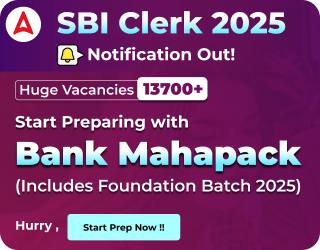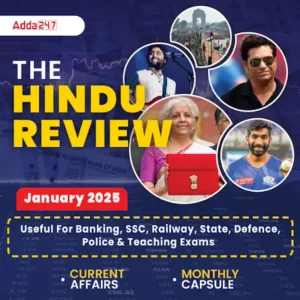The SBI Clerk Mains Exam 2025 has commenced successfully, with the first day held on 10 April 2025 and the remaining exam scheduled for 12 April 2025. These memory-based questions are extremely useful for those appearing on the next exam day or preparing for future bank exams. By practising with these real-exam level questions, aspirants can understand the type of questions asked, the difficulty level, and the weightage of different topics across sections like General/Financial Awareness, English Language, Quantitative Aptitude, Reasoning, and Computer Aptitude.
SBI Clerk Mains Memory Based Paper 2025
The SBI Clerk Mains Memory Based Paper 2025 is compiled with the help of responses and feedback received from candidates who attended the exam. Experts have analyzed the paper section-wise to ensure accuracy and relevance. This helps other aspirants get a fair idea about the exam structure, time management strategy, and which topics were given prominence. Practising with this paper not only strengthens your preparation but also builds confidence by exposing you to real-time exam trends.
For candidates awaiting the 12 April 2025 exam, this resource can serve as a last-minute revision tool and a quick refresher on important question types.
SBI Clerk Mains Memory Based Paper 2025, Download PDF
The SBI Clerk Mains Memory Based Paper 2025 is now available in PDF format for candidates who appeared in the exam held on 10 April 2025 and those preparing for the upcoming shifts on 12 April 2025. This PDF includes section-wise questions based on actual feedback received from aspirants who took the exam. It covers all four sections- General/Financial Awareness, English Language, Reasoning & Computer Aptitude, and Quantitative Aptitude. Click the link below to download the memory-based paper and boost your last-minute revision.
SBI Clerk Mains Memory Based Paper 2025: Click Here to Download PDF (will be available soon)

SBI Clerk Memory Based Questions
The SBI Clerk Mains Memory Based Questions are compiled based on the inputs shared by candidates who appeared in the exam held on 10 April 2025. These questions reflect the actual exam pattern and level of difficulty, helping future aspirants understand what to expect. Below are a few sample questions from different sections to give you a quick glimpse:
Quantitative Aptitude:
Directions (1-5): Read the following pie chart carefully and answer the questions given below. The pie chart shows the percentage distribution of total students (boys and girls) in five different schools.

Q1. Find the ratio between the total number of students in schools B, C and D together to the total number of students in schools A and E together.
(a) 51:49
(b) 53:47
(c) 52:47
(d) 55:47
(e) 54:43
Q2. The total number of students in schools B and D together is what percentage more or less than the total number of students in school E?
(a) 12.5%
(b) 66.67%
(c) 33.33%
(d) 25%
(e) 50%
Q3. The difference between the total number of boys and girls in school C is 170 (boys < girls). If the total number of boys in school B is 230 more than that of school C, then find the ratio of boys to girls in school B.
(a) 7:8
(b) 4:7
(c) 7:9
(d) 9:7
(e) 8:3
Q4. The total number of students in school F is 25% more than that in C. The ratio of the number of boys to the number of girls in school F is 19:12. If the number of girls in schools F and E together is 1935, then find the difference between the number of boys in schools E and F.
(a) 285
(b) 305
(c) 325
(d) 270
(e) 245
Q5. 25% of the total number of students in school A who participated in dance, and the rest participated in chess. The number of students who participated in chess in school E is 40 more than half of the students who participated in chess in school A. Find the average number of students who participated in dance.
(a) 1200
(b) 920
(c) 510
(d) 540
(e) 870
English Language:
Directions (1-6): In the following passage, several blanks have been provided, each followed by a set of options. Choose the word that is not suitable to fill the given blank.
Hate is not an _______________(A) emotion—it is cultivated through adverse experiences. Often, a single painful incident can ignite a feeling of betrayal, injustice, or humiliation, which, if left unresolved, transforms into _______________ (B) and eventually, hatred. For instance, a person who faces public ridicule or emotional abandonment may begin to foster deep hostility not only toward the offender but also toward similar individuals or situations.
This emotion, although reactive, is _____________ (C). Hatred distorts perception, clouds judgment, and disrupts emotional stability. It narrows our capacity to trust, to empathize, and even to hope. Over time, it can evolve into a _________________ (D) state of negativity, affecting relationships, productivity, and mental well-being.
However, it is essential to recognize that hate often masks _____________ (E) pain. Rather than suppressing it or allowing it to fester, individuals must confront its origin. Reflection, honest self-inquiry, and emotional articulation are necessary steps toward healing. Forgiveness—though often misunderstood—is not about excusing the wrong, but about releasing the emotional grip it holds over us.
Understanding hate requires emotional maturity. It is a signal, not a solution. While it may arise naturally, choosing to live with it is ______________ (F). The real strength lies in transforming that pain into insight, and using it to cultivate resilience and compassion. Hate may expose our wounds, but it is through acceptance and understanding that we begin to heal and reclaim our emotional freedom.
Q1. Which of the following words is not suitable for filling the blank (A)?
(a) inherent
(b) endemic
(c) immanent
(d) essential
(e) all are suitable
S1. Ans. (b)
Sol. The sentence discusses hate as an emotion that is not naturally present but developed through negative experiences.
- (a) inherent means something existing as a natural part, which fits the contrast intended in the sentence.
- (b) endemic typically refers to a disease or condition regularly found among particular people or in a certain area—it doesn’t describe an emotion naturally present in individuals. Thus, it’s not suitable.
- (c) immanent means existing or operating within, which aligns with the context of an internal emotion.
- (d) essential could imply something fundamental, and using it in a negative context works here.
Hence, (b) endemic is contextually inappropriate.
Q2. Which of the following words is not suitable for filling the blank (B)?
(a) all are suitable
(b) grievance
(c) resentment
(d) endeavor
(e) ire
S2. Ans. (d)
Sol. The blank refers to an emotional progression toward hate.
- (b) grievance refers to a real or imagined cause for complaint, fitting well.
- (c) resentment is bitter indignation, perfectly apt.
- (d) endeavor means an attempt or effort, which is not an emotion and does not fit in the emotional progression described.
- (e) ire means anger, making sense here.
Therefore, (d) endeavour is not suitable.
Q3. Which of the following words is not suitable for filling the blank (C)?
(a) destructive
(b) all are suitable
(c) corrosive
(d) incisive
(e) perceptive
S3. Ans. (e)
Sol. The sentence suggests that hatred has a damaging effect.
- (a) destructive directly conveys damage.
- (c) corrosive implies a gradual harmful impact—fitting metaphorically.
- (d) incisive may appear odd, but it can be used figuratively to mean sharp or acute in effect, and sometimes intense emotions are described this way.
- (e) perceptive means showing insight or understanding, which is a positive trait and does not align with the description of hatred’s impact.
Thus, (e) perceptive is not appropriate.
Q4. Which of the following words is not suitable for filling the blank (D)?
(a) longing
(b) all are suitable
(c) resolute
(d) persistent
(e) obstinate
S4. Ans. (a)
Sol. The blank describes a negative and enduring emotional state caused by hatred.
- (a) longing means a yearning or desire, which is a positive or neutral emotional state and doesn’t fit the tone of persistent negativity.
- (c) resolute and (e) obstinate both imply firmness or stubbornness, which metaphorically suit a hardened state of hatred.
- (d) persistent matches the idea of an ongoing emotional state.
Hence, (a) longing is unsuitable.
Q5. Which of the following words is not suitable for filling the blank (E)?
(a) deferred
(b) unaddressed
(c) deliberate
(d) untreated
(e) all are suitable
S5. Ans. (c)
Sol. The sentence talks about hidden pain that is not dealt with.
- (a) deferred (postponed) suits the idea.
- (b) unaddressed clearly fits.
- (c) deliberate means done on purpose, which implies intention—opposite to the idea of hidden or unacknowledged pain.
- (d) untreated also matches well.
So, (c) deliberate is contextually inappropriate.
Q6. Which of the following words is not suitable for filling the blank (F)?
(a) detrimental
(b) noxious
(c) all are suitable
(d) altruistic
(e) obstructive
S6. Ans. (d)
Sol. The sentence suggests that living with hate is harmful.
- (a) detrimental, (b) noxious, and (e) obstructive all imply harm or negativity, which suit the context.
- (d) altruistic means selflessly concerned for the well-being of others, which is positive and contradicts the meaning of harboring hate.
Thus, (d) altruistic is not suitable.
Directions (7-11): Rearrange the following sentences to form a logically coherent and meaningful paragraph. Note: Sentence (G) is fixed in its position.
(A) Galactose combines with glucose to form lactose, the sugar in milk, and plays a key role in infant nutrition and development.
(B) Glucose is the body’s preferred fuel, readily absorbed into the bloodstream and vital for brain function, muscles, and cellular activities.
(C) Each sugar type has a unique absorption route, enzymatic process, and metabolic impact on energy production, liver health, and insulin response.
(D) Understanding how these sugars function helps promote mindful eating, prevent metabolic disorders, and support overall nutritional and long-term health goals.
(E) Fructose, found in fruits and honey, is sweeter than glucose and metabolized primarily in the liver, bypassing insulin regulation.
(F) Glucose, fructose, and galactose are three simple sugars that serve as fundamental energy sources in human metabolism and biological processes.
(G) Balanced glucose levels are essential for stable energy, while improper galactose metabolism may lead to genetic conditions like galactosemia.
(H) For example: excessive fructose intake, especially from processed foods, is linked to fatty liver, insulin resistance, obesity, and cardiovascular risk.
Q7. Which of the following is the first sentence in the sequence after the rearrangement?
(a) A
(b) H
(c) E
(d) F
(e) D
S7. Ans. (d)
Sol. The correct sequence is FBEACHGD.
(F) introduces the three sugars and sets the context.
(B), (E), (A) provide specific details about each sugar—glucose, fructose, galactose, respectively.
(C) offers a comparative summary of how each sugar is absorbed and metabolized.
(H) supports the point with an example related to excessive fructose intake.
(G) is fixed and continues with the effects of glucose and galactose metabolism.
(D) concludes with the importance of understanding sugar metabolism for health goals.
Q8. Which of the following is the second sentence in the sequence after the rearrangement?
(a) B
(b) H
(c) E
(d) F
(e) D
S8. Ans. (a)
Sol. The correct sequence is FBEACHGD.
(F) introduces the three sugars and sets the context.
(B), (E), (A) provide specific details about each sugar—glucose, fructose, galactose, respectively.
(C) offers a comparative summary of how each sugar is absorbed and metabolized.
(H) supports the point with an example related to excessive fructose intake.
(G) is fixed and continues with the effects of glucose and galactose metabolism.
(D) concludes with the importance of understanding sugar metabolism for health goals.
Q9. Which of the following is the third sentence in the sequence after the rearrangement?
(a) A
(b) H
(c) E
(d) F
(e) D
S9. Ans. (c)
Sol. The correct sequence is FBEACHGD.
(F) introduces the three sugars and sets the context.
(B), (E), (A) provide specific details about each sugar—glucose, fructose, galactose, respectively.
(C) offers a comparative summary of how each sugar is absorbed and metabolized.
(H) supports the point with an example related to excessive fructose intake.
(G) is fixed and continues with the effects of glucose and galactose metabolism.
(D) concludes with the importance of understanding sugar metabolism for health goals.
Q10. Which of the following is the last sentence in the sequence after the rearrangement?
(a) B
(b) H
(c) E
(d) F
(e) D
S10. Ans. (e)
Sol. The correct sequence is FBEACHGD.
(F) introduces the three sugars and sets the context.
(B), (E), (A) provide specific details about each sugar—glucose, fructose, galactose, respectively.
(C) offers a comparative summary of how each sugar is absorbed and metabolized.
(H) supports the point with an example related to excessive fructose intake.
(G) is fixed and continues with the effects of glucose and galactose metabolism.
(D) concludes with the importance of understanding sugar metabolism for health goals.
Q11. Which of the following is the fifth sentence in the sequence after the rearrangement?
(a) A
(b) H
(c) E
(d) F
(e) C
S11. Ans. (e)
Sol. The correct sequence is FBEACHGD.
(F) introduces the three sugars and sets the context.
(B), (E), (A) provide specific details about each sugar—glucose, fructose, galactose, respectively.
(C) offers a comparative summary of how each sugar is absorbed and metabolized.
(H) supports the point with an example related to excessive fructose intake.
(G) is fixed and continues with the effects of glucose and galactose metabolism.
(D) concludes with the importance of understanding sugar metabolism for health goals.
Benefits of Practising SBI Clerk Mains Memory Based Questions
Candidates can analyze their performance using this paper to estimate their readiness for the next exam shift or similar future exams. Solving memory-based papers has several advantages:
- Helps understand the most relevant and repeated question types.
- Aids in time management and boosts confidence.
- Exposes gaps in preparation by highlighting weak areas.
- Mimics real exam conditions for effective practice.

